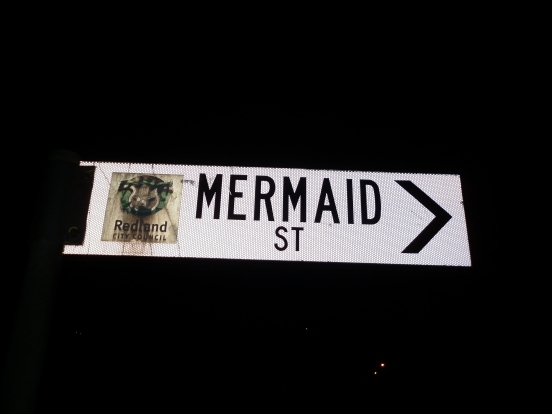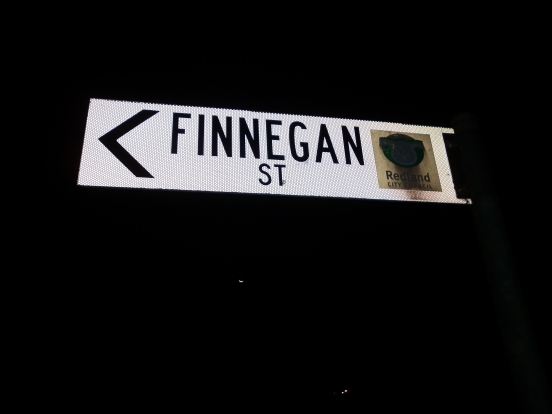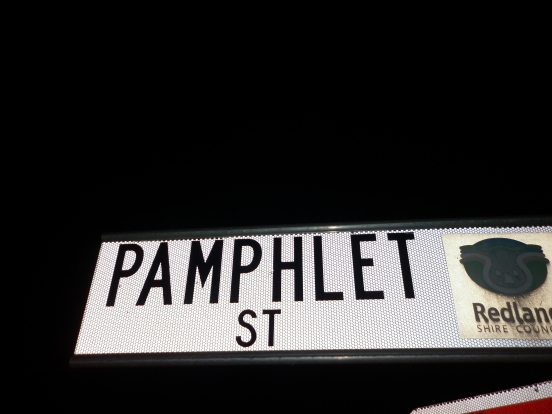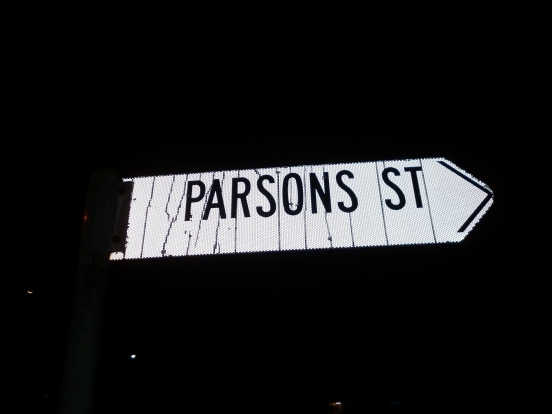 Aboard the MERMAID, John Oxley and John Uniacke recorded accounts of Quandamooka kindness towards FINNEGAN, PARSONS and PAMPHLETT.
Aboard the MERMAID, John Oxley and John Uniacke recorded accounts of Quandamooka kindness towards FINNEGAN, PARSONS and PAMPHLETT. 
The MERMAID took FINNEGAN and PAMPHLETT back to Sydney in 1823.  Oxley left a message in a bottle for PARSONS who returned to Sydney with Oxley on Amity in 1824.
Oxley left a message in a bottle for PARSONS who returned to Sydney with Oxley on Amity in 1824.  Parsons could not read.
Parsons could not read.
Signal flags are an alphabet that I am learning.
I require assistance
John Finnegan, Thomas Pamphlett, and Richard Parsons were ‘cedar getters’, who were wrecked on Moreton Island on 15 April, 1823. The Quandamooka People, and others, beyond Quandamooka Country, ensured their survival until John Oxley took them back to Sydney.
These three castaways are commonly mentioned all at the same time. However, they were not a ‘tight-knit’ group of three, though our recollections keep making them one. They often became a group of two. The tension in their relationships sounds like the drama of 21st century reality TV. The subject of my curiosity here is whether the Quandamooka People repeatedly sought to re-unite them with each other when they became separated, but I am unable to interpret their intentions or their actions.
Pamphlett[1]
Finnegan and Parsons crossed the passage between Moreton and Stradbroke Islands[2] without Pamphlett. The following account about the retrieval of Pamphlett was taken down by John Uniacke, a member of John Oxley’s party, on the Mermaid:
They remained an hour with us; and on rising to go away, we got our bags on our backs, and prepared to accompany them. This, however, they did not seem inclined to permit, but ran down quickly to their boats. We then endeavoured to secure one of their canoes, but they were too quick for us, and jumping in, pushed them rapidly away. We now began to despair of being able to quit the island…Next morning (we) returned to the point, in hopes of being still able to persuade the natives to take us across the channel. On approaching it, our joy was excessive at seeing the large canoe, that had appeared first on the preceding day, lying on the beach without any person near it. On looking around, however, we saw two natives, who were apparently proceeding towards the place where our boat had been lost… They did not appear to notice us, but kept on their way, upon which we proceeded with all speed to secure the canoe. On examination, we feared that it would not carry us all three with our bags, &c.; so, having consulted awhile, I agreed to remain behind, and let Parsons and Finnegan cross over, when it was stipulated that one of them should return and fetch me…Next morning, …I gave many an anxious look to the opposite shore. I was proceeding up the hill again, when I saw the canoe put off with two persons in it, whom, on its nearer approach, I ascertained to be Finnegan and one of the natives. On reaching the beach, the native took his nets on his shoulder and marched off in the same direction as the two who had before left the canoe; but before he went, he made signs for me to go back with Finnegan. Finnegan now told me that nothing could exceed the kindness with which they had been treated by the natives, who had lodged them in a large hut by themselves, and given them as much fish as they could eat,
Finnegan
John Finnegan refused to leave what we now call Stradbroke Island, when Pamphlett and Parsons set off across Moreton Bay in the month of June, 1823. It took two canoes, and a test of human kindness to move all three from Stradbroke to Peel Island.
Pamphlett and Parsons were encouraged to build a canoe themselves while the Quandamooka People supplied them with food for their journey. Finnegan refused to help in the building of the canoe, and he refused to travel with them. When Parsons and Pamphlett left Stradbroke, the People took it upon themselves to remove Finnegan from their island. According to the ‘Narrative of Thomas Pamphlet’:
We had not proceeded above a quarter of a mile, when the natives, perceiving that Finnegan did not accompany us, hastily launched a canoe, and two of them embarking, he was by the rest forced to follow, when they paddled quickly towards us, but we had gotten round a sandbank that lay off some distance from the shore. They therefore pulled to the bank and made Finnegan land on it, where they left him and went back to the huts. As he was unable to swim, he would have drowned when the tide rose, if we had not pulled back for him, as we immediately did.
Parsons
The Mermaid carried only Finnegan and Pamphlett back to Sydney. On the departure of the Mermaid at the end of 1823, John Oxley left a message in a bottle for Parsons, who was not in the locality at the time. That message was delivered to Parsons by the locals when Oxley returned to Quandamooka in the Amity in September 1824. The newspaper, The Australian, reported ‘A Curious Case of Shipwreck’ on 21 October 1824 about a man who ‘gives a very curious account of his misfortunes and adventures.’
He was on his travels when the first ship went to Moreton Bay. The two men that stayed behind him left the place on that occasion. Mr Oxley left a memorandum in a bottle to give Parsons the information of a ship having been there. This bottle had been carried away to a distance of 50 miles, by the natives; but when he came back it was brought to him
Allan Cunningham described the event as follows
“On his return to this Bay [Parsons] was shown by the natives the bottle that had meanwhile been left for him. From its enclosed letter he could derive no information, inasmuch as he was unable to read; and as he was almost entirely ignorant of the language of the natives, he could gather no clear or certain information of what description of vessel had in his interval of absence arrived, that he felt satisfied had snatched his comrades from these forbidding shores”
Oxley also made a long entry in his field book about meeting Mr Parsons.
“Considering the nature of the population and the privations he must necessarily suffer from want of food, etc., the chances were that he no longer existed. It was therefore with feelings of the most pleasing description that among the group on the beach on landing the first man was recognized as our long lost countryman, and close by him the venerable old man so often mentioned as the kind protector of Pamphlet, and Parsons appeared in very good condition…”
They may have not liked each other, but all three castaways spoke of the kindness of the people as they described their experiences in Quandamooka Country. Both John Oxley and the journalist from the Australian concluded their accounts of this event by reminiscing about the goodness of the Quandamooka people.
[1] John Uniacke spelt Pamphlet’s name with just one ‘t’. John Oxley used ‘tt’. Pamphlett’s family preferred the spelling used by Oxley, so it is the spelling I tend towards.
[2] I am using these English names because I don’t presume to have access to knowledge of the people, places and customs being described. Some relevant information is available in public sources and I hope that we can grow more confident and competent in its use in the very near future.